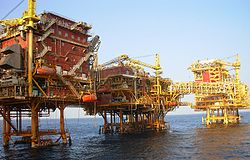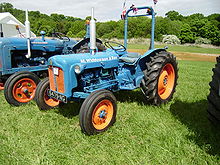SCENE-3
Baby piper started playing with Crab .Mother piper is waitng for her baby to come and call her.
MOTHER:Baby what are you doing there come baby ,its getting too late.
BABY:I am coming wait a little mummy.
After some time the baby come back to home and suddenly fallen into a deep sleep in the hope of a lovely tomorrow.
BABY:Hello friend, What are you doing here?
CRAB:We are digging into the sand to find any food in the deeper side.
Doing it so ,a big wavecame at that time baby sandpiper hiding to the rock.
Baby:Are you okey Friend .
Crab:Yes dear,
BABY:How is it possible dear?
CRAB:When tides came ,we dig into the sand deeper and keep from being defeated from the tide .
After some time heavy tide came ,both of them digged in to the sand.
Baby piper started playing with Crab .Mother piper is waitng for her baby to come and call her.
MOTHER:Baby what are you doing there come baby ,its getting too late.
BABY:I am coming wait a little mummy.
After some time the baby come back to home and suddenly fallen into a deep sleep in the hope of a lovely tomorrow.
BABY:Hello friend, What are you doing here?
CRAB:We are digging into the sand to find any food in the deeper side.
Doing it so ,a big wavecame at that time baby sandpiper hiding to the rock.
Baby:Are you okey Friend .
Crab:Yes dear,
BABY:How is it possible dear?
CRAB:When tides came ,we dig into the sand deeper and keep from being defeated from the tide .
After some time heavy tide came ,both of them digged in to the sand.






